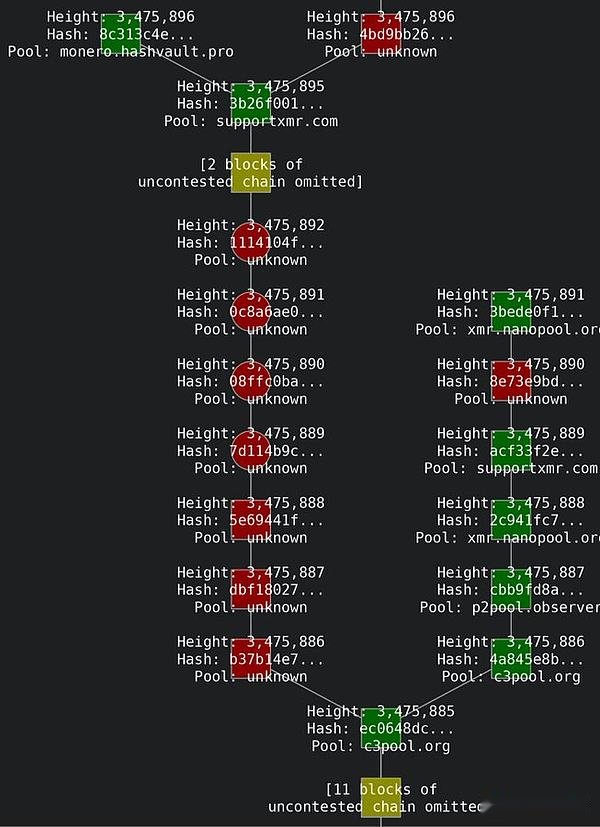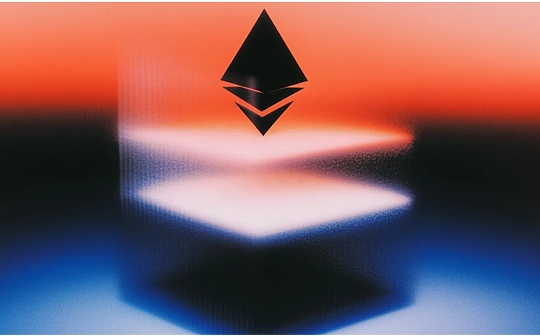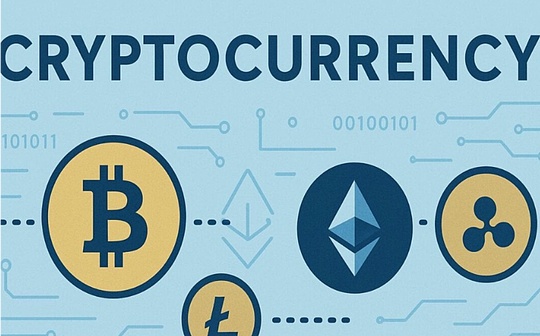
Written by: AIMan@Bitchain Vision
Qubic successfully launched a 51% attack on Monero?
As early as the end of July, the Monero community was rumored that the QUBIC mining pool was attacking Monero.Now QUBIC seems to have succeeded.
On August 12, 2025, Slow Fog tweeted that the Monero (XMR) network was suspected to have suffered 51% attacks.Monero has recently encountered a chain reorganization of 6 blocks in depth mined by unknown mining pools.But no mining pool on miningpoolstats has more than 50% computing power, so this could be a secret malicious computing power attack or an unexpected mining competition.
Monroe’s market value was about US$6 billion when the QUBIC attacked at the end of July. As of now, XMR’s market value was about US$4.6 billion, which has fallen by more than 20%.QUBIC’s market value is only about US$2.3 billion.If QUBIC really successfully controls Monero’s 51% computing power, we will witness a historic moment where a blockchain with a market value of less than $300 million is taking over a blockchain with a market value of $6 billion.
What exactly happened?
X user OrangeFren posted a statement saying that Monero has encountered a reorganization of 6 blocks in depth.The 51% attack seems to have succeeded.If you are receiving XMR, wait for at least 10 blocks.

Ledger CTO Charles Guilemet said:
Monero appears to be suffering a successful 51% attack.The privacy-focused blockchain, which was launched in 2014, has long been targeted by governments and three letter institutions (Note: FBI) and has been banned by most major centralized exchanges.Qubic mining pools have been accumulating computing power for months and currently controls most of the computing power of the Monero network.This morning, someone detected a major blockchain reorganization.With its current dominance, Qubic can rewrite blockchain, double spend and review any transaction.It is estimated that the cost of maintaining the attack is as high as $75 million per day.While potentially lucrative, it has the potential to destroy people’s confidence in the Monero network overnight.Other miners have no incentive to continue attacking because Qubic can easily turn any competing block into orphan blocks, thus becoming the only miner.In fact, a blockchain with a market value of $300 million is taking over a blockchain with a market value of $6 billion.Monero’s recovery options are limited, and it is now possible, or even likely, to be completely acquired.
X user Caffeinated User says:
Qubic has just reached 51% of Monero’s computing power share.This is a huge feat.They will be the first to manipulate cryptocurrencies through a 51% attack.They intend to isolate all blocks of all other miners and make themselves the only mining entity of Monero.The only way to mine Monero is through them, and their profit is 3 times that of mining Monero directly.They share half of the profits to miners and the other half sells to buy the QUBIC and send it to the destroy wallet.If they mine 100% of the Monero blocks, they can mine 432 Monero coins per day.Based on the current Monero price, this is equivalent to $118,342.08.They kept 50% of it and distributed the rest to miners, making $59,171.04 per day from Qubic’s destruction.$414,197.28 per week and $1.656 million per month.This is crazy.This is a historic moment.Qubic, with a market capitalization of less than $300 million, will become the only miner in a $6 billion market capitalization currency.
Qubic founder Come-from-Beyond said on social media: It seems that Qubic has achieved a 51% winning rate, surpassing Monero, and we are waiting for confirmation from independent organizations.Meanwhile, the Monero team is refining the details of its 51% attack protection.Many people accuse us of receiving funding from some three-letter agencies to attack the anonymous coin.What do you think now after we help Monero prepare for the future fight against these institutions?
Of course, some people have different opinions.X user Luke Parker said that six reorganizations do not mean that the “51% attack” was successful.In this case, we will see other pools undergo infinite depth reorganization/no block mining (assuming that the opponent reviews other pools like this one).This does mean that opponents with high hash values are lucky.
Qubic is just to verify technology and attract attention?
Let’s first learn about Qubic.
Qubic was founded by Come-from-Beyond, former co-founder of IOTA, the Directed Acyclic Graph (DAG) architecture blockchain.Qubic is a unique L1 public chain with its core mechanisms such as uPoW, useful Proof of Work and AIGarth.The computational workload of traditional mining often boils down to solving arbitrary problems, while Qubic converts computing power into actual productivity—training its AI model called AIGarth.It works as follows: miners contribute their original computing resources to Qubic’s validators (called Computors).These Computors then use this computing power to train AIGarth directly in their memory, all operations are performed on the chain.
Qubic’s bigger vision is to provide outsourcing computing for the real world, inviting third parties such as enterprises, universities, hospitals, research laboratories, etc. to use AIGarth. By customizing smart contracts, these entities can be connected, adjust the model according to their needs, and even use Qubic’s computing network to train a dedicated version. Just like opening a decentralized supercomputer to the world, collaborators can contribute and benefit without compromising security.But the full version of this vision is not yet fully formed, and key components such as Oracle Machines for seamless data integration are still under development.
To prove the feasibility of outsourcing computing in real-world environments, Qubic thought of custom mining:Qubic provides computing power outside its network, redirecting part of Qubic’s computing power to external tasks, such as mining Monero or other PoW currencies.Qubic also said that the real potential of outsourcing computing is far more than cryptocurrency mining.
So at the end of July, Qubic began to customize mining of Monero.Why start with Monero?Qubic officially stated that by entering into a high-risk and highly competitive field like Proof of Work (POW) crypto mining, it not only validates technology, but also attracts industry attention.
How effective?
Qubic blog post shows,Before integrating Monero custom mining, the CPU only accounted for 10% of Qubic’s mining computing power.This number has jumped to around 50% as more CPU miners pour into the network due to the attractiveness of higher profitability.In the week from July 30 to August 7, the peak computing power of Qubic network reached 2.77 GH/s, reaching 50% of Monero’s global computing power.A total of 4285 Monero blocks were discovered and approximately 517 XMR + 6M XTM were mined.These XMRs are sold at about $141,658, 50% are used for Qubic currency repurchase and destruction, and 50% are used to increase miners’ incentives for more CPU computing power.Qubic officially stated that for miners, Qubic’s profitability is about three times that of Monero, so many CPU miners have joined the Qubic network.
During this period, the Monero community launched a DDoS attack on Qubic, but the effect was not obvious.
Qubic founder Come from Beyong said on August 3 that despite suffering from severe DDoS attacks, Qubic still successfully dug out 20% of the Monroe blocks…
On August 6, Qubic’s chief developer dkat pointed out on Discord: I asked the quote yesterday, which was about $500 per IP, 100Gbps network speed, lasting 24 hours, including SYN Flood and reflective attacks.So it costs about $20,000 a day to target all Qubic nodes and ecosystems.They have been attacking us for DDoS for 7 consecutive days, so they are about $140,000…
What to do with Monero in the future?
Based on information from multiple parties, Qubic Network may really control more than 51% of Monero’s computing power.
This 51% attack, as Qubic said, is to verify technology and attract industry attention.
As Qubic officially promised, Qubic chose not to take over Monroe Network.The founder of Qubic also hinted that it will help Monero fight the government (FBI) in the future.
But for Monero, how can the crypto community rebuild its trust?
Is Qubic an enemy or a new friendly force?
It’s worth continuing to observe.








